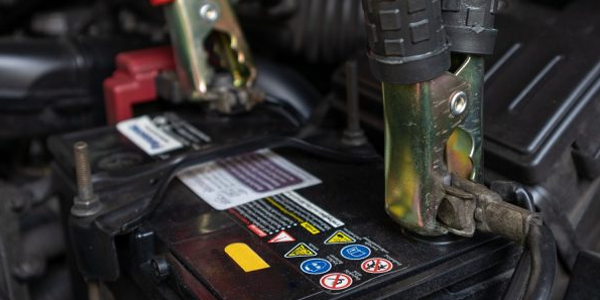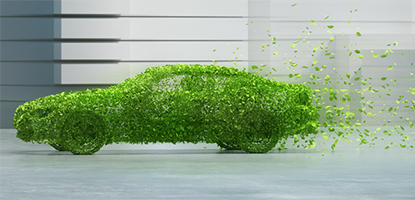November 2025
Which Petrol to Use?
Motorists often ask, "even though the manufacturer says use 91 octane petrol, what’s the benefit from using 95 or 98 octane instead?"
In short, there’s none; you should use what the manufacturer has specified for your vehicle.
Modern engines are designed to operate with such fine tolerances that using the correct grade of fuel is vital to ensure engine longevity and peak performance. This will also help avoid costly and unnecessary breakdowns or repairs to your vehicle.
Using a petrol grade that is lower than what is recommended will have a detrimental effect on your engine. This is due to the engine operating at less than optimal conditions and the fuel pre-detonating (also known as pinging or knock), which causes excessive heat within the combustion chamber. The excessive heat can cause damage to the inlet or exhaust valves, piston, piston rings and even the cylinder itself.
On the other hand, and despite what some people claim, there is nothing to be gained from running your vehicle on a higher-octane petrol than that specified by the manufacturer. Buying higher octane petrol than you require is a waste of money.
There are three main grades of fuel readily available in New Zealand. Whilst they may have different brand names, the grades are all based on their octane rating: 91, 95 and 98. New Zealand petrol uses the Research Octane Number (RON) to rate the octane value of the fuel while some overseas markets use different systems to rate their fuel. You need to be careful when looking for this information.
The lowest octane fuel available in Europe is 95, so any European brand of vehicle should operate on this unless stated otherwise by the vehicle manufacturer. Performance or turbo charged vehicles may also use a higher grade of fuel such as 95 or 98.
New vehicles in New Zealand may be designed by the manufacturer to run on lower-grade fuels, whereas the imported version of the same vehicle may need to run on a higher-grade fuel. For information on ethanol blends please see the MIA (Motor Industry Assocation) website.
There are three ways for you to find out what grade of petrol your vehicle should run on:
- The owner’s handbook
- labels on the vehicle (typically on the fuel flap)
- contacting the manufacturer.
The owner’s handbook: Turn to the specifications section to check what type of fuel the manufacturer recommends.
Labels on the fuel flap: Some vehicles have the fuel grade listed on a label stuck to the inside of the fuel flap. If the information simply says Premium Unleaded, MTA recommends using a minimum of 95 RON fuel. If it says Unleaded, then use 91.
Contact the manufacturer or their authorised representative: If the first two options don’t work out for you, contact the vehicle manufacturer or their authorised representative (usually a dealership), with your vehicle details including registration number and ask what fuel grade you should be using for your vehicle.
Wrong fuel?If you’ve accidentally put the wrong fuel type into your car – stop! Don’t drive, operating your vehicle with the wrong mixture of fuel could cause major engine damage. If you have put diesel into a petrol tank, or petrol into a diesel tank – running the vehicle with a product mix could be catastrophic… we’re talking total engine replacement! Luckily our MTA members are expert technicians, who can help assist you with fuel mishaps and give you the best chance of getting back on the road quickly. Find your local MTA member here. |



